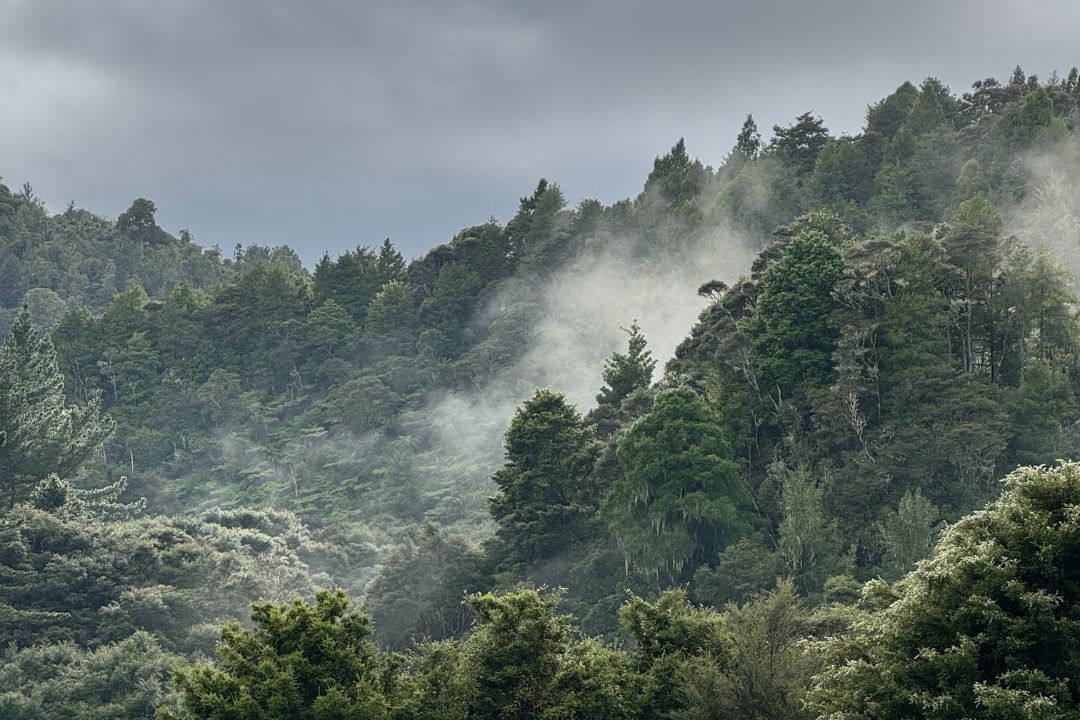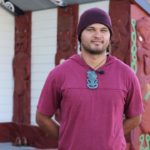
03 Oct Te Pakanga o ngā Tūrehu: Embracing the Environment of Atua
What a perfect time to explore the Hunua ranges with the rain cleaning out our rivers and the mist covering the mountain peaks, anō nei he korowai atua.
Nature at its finest.
In most cases, kaupapa would be cancelled because of the rain but this is Mātaiao at its best, analysing and examining all dynamics of nature working as one, or should I say, whakapapa. Through the lens of Mātaiao we see whakapapa as two atua or deities coming together and having an effect which becomes their descendant, uri.
“Ka moe a Te Ihorangi i a Tūparimaunga, ka puta ko Parawhenuamea.”
Te Ihorangi, the personification of rain becoming one with Tūparimaunga, the mountain maiden, causes the being of Parawhenuamea, the personification of rivers: cause and effect.
Whakapapa!
It is said that our language te reo Māori is ‘te reo o ngā atua’, the language of the gods. Our gods, our deities, are our environment. It is sometimes hard to get back into the environment when Auckland is now the biggest city in Aotearoa. Before the coming of mortal man, it is said that Tāmaki, or Auckland, was all flat lands inhabited by tūrehu. Hunua was the home of one of two tūrehu tribes and the home of a tūrehu princess, Te Wairere.
A battle erupted between the two tribes, resulting in all but two tūrehu being sucked into te ahi kōmau o Mataaho, the earth’s core. This event irrevocably changed the landscape of Tāmaki Makaurau, leaving it covered with sleeping volcanoes. Through atua, pūrākau, and whakapapa we have a physical relationship with both our taiao and our beliefs.
He ara putanga anō tēnei kaupapa ki tōna tuakiri Māori. It was a pleasure to explore these lands of Tūrehu where it is said that they live in high mountains and kohu (mist) and that is what we got all day.

Koianake Yates
Endowed with the blessings of Tūmatauenga from birth, Koianake was instilled with traits of humility and resilience and continues to uphold the ancient lores and narratives that foster a deep connection to ngā atua Māori.



